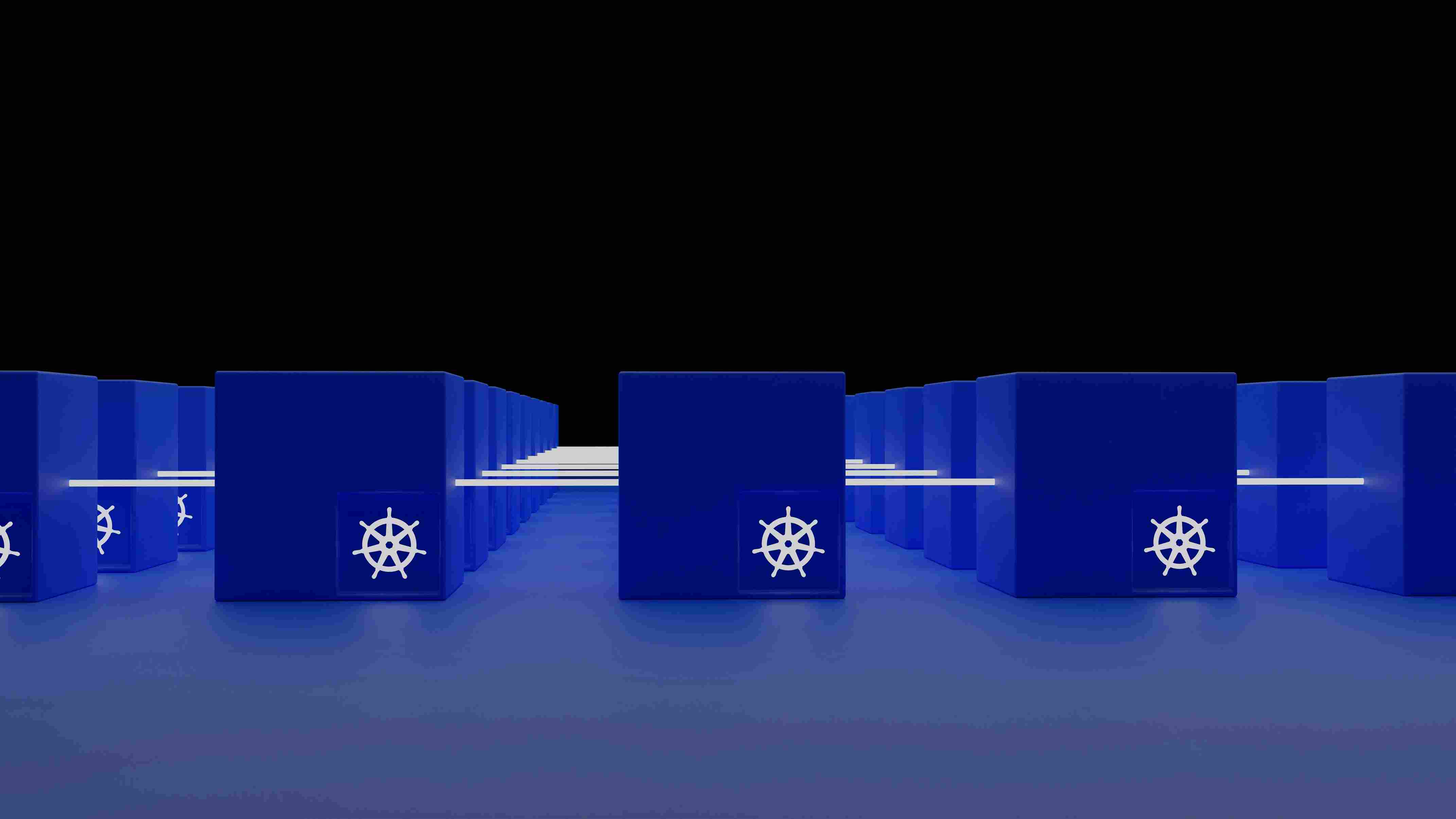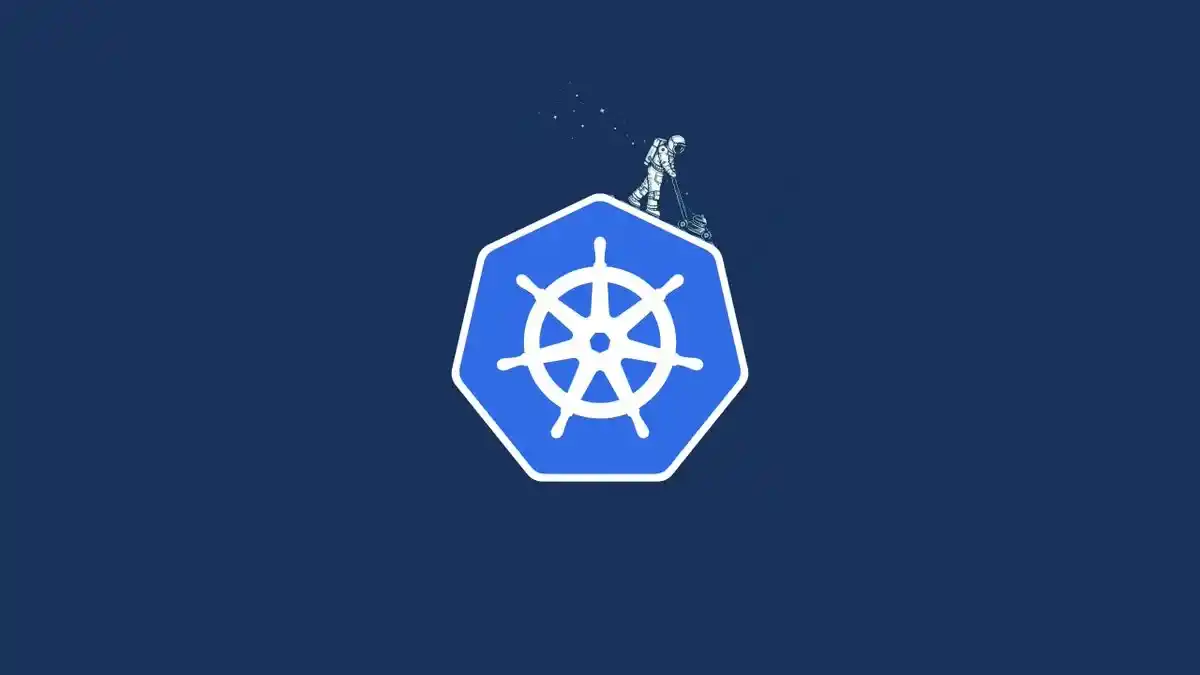Mastering Kubernetes: Essential Guide for Enterprises
Master Kubernetes core concepts and components for enterprise container orchestration. Learn deployment, scaling, and management best practices.

Kubernetes has become a game-changer in modern cloud computing, offering powerful capabilities for container orchestration. This comprehensive guide provides enterprises with a thorough understanding of Kubernetes, covering its core concepts, essential components, and best practices. Kubernetes automates the deployment, scaling, and management of containerized applications, ensuring efficient operation across clusters of nodes. Key concepts such as Pods, Replication Controllers, Services, and Deployments form the foundation of Kubernetes, while essential components like the Control Plane, Nodes, and etcd drive its functionality.
Dive into the world of Kubernetes and gain a solid understanding of its concepts, components, and best practices. This comprehensive guide will help enterprises navigate the complexities of Kubernetes and leverage it for effective container orchestration.
In the world of modern cloud computing, Kubernetes has emerged as a powerful tool for container orchestration, revolutionizing the way enterprises manage and deploy applications. This comprehensive guide is designed to provide enterprises with a solid understanding of Kubernetes, its core concepts, essential components, and best practices. Whether you are new to Kubernetes or seeking to enhance your existing knowledge, this blog post will equip you with the insights to navigate the complexities of Kubernetes and leverage it for effective container orchestration.
Understanding Kubernetes:
Kubernetes is an open-source container orchestration platform that automates the deployment, scaling, and management of containerized applications. At its core, Kubernetes provides a platform for running and coordinating containers across a cluster of nodes, ensuring seamless communication and resource allocation for optimal performance.
Key Concepts of Kubernetes:
- Pods: Pods are the smallest and simplest unit in the Kubernetes object model. They represent one or more containers that are tightly coupled and share the same network namespace and storage volumes.
- Replication Controllers: Replication Controllers ensure that a specified number of pod replicas are running at all times, providing high availability and fault tolerance.
- Services: Kubernetes Services enable the exposure of pods to the network, allowing external traffic to access applications running inside the cluster.
- Deployments: Deployments provide declarative updates for pods and replica sets, ensuring a smooth rollout and rollback of changes to application versions.
Essential Components of Kubernetes:
- Control Plane: The control plane is the brain of Kubernetes, responsible for managing and maintaining the desired state of the cluster. It includes components like the API server, controller manager, and scheduler.
- Nodes: Nodes are the worker machines that run pods. Each node is equipped with the necessary tools to communicate with the control plane and manage containers.
- etcd: etcd is a distributed key-value store that stores all the cluster data, ensuring high availability and data consistency.
Best Practices for Kubernetes:
- Resource Management: Properly managing resources like CPU and memory is crucial for optimizing the performance and cost-effectiveness of Kubernetes clusters.
- Horizontal Pod Autoscaling: Implementing horizontal pod autoscaling allows Kubernetes to automatically adjust the number of pod replicas based on resource utilization, ensuring efficient resource allocation.
- Security: Securing Kubernetes clusters is essential. Adopting security best practices, such as RBAC (Role-Based Access Control) and network policies, can help protect sensitive data and prevent unauthorized access.
Conclusion:
Kubernetes is a transformative technology that empowers enterprises with efficient container orchestration and scalability. By mastering the core concepts, components, and best practices of Kubernetes, enterprises can unlock its full potential and leverage it to drive innovation, streamline operations, and stay ahead in today's competitive landscape.
In our next blog post, we will explore advanced Kubernetes topics, diving deeper into topics like stateful applications, persistent storage, and advanced networking concepts.

Scale globally with Kubernetes multi-geolocation deployment capabilities. Transform your infrastructure for worldwide operations.

Explore how Kubernetes orchestrates AI/ML workloads through containerization. See the future of integrated container management in 2024.


